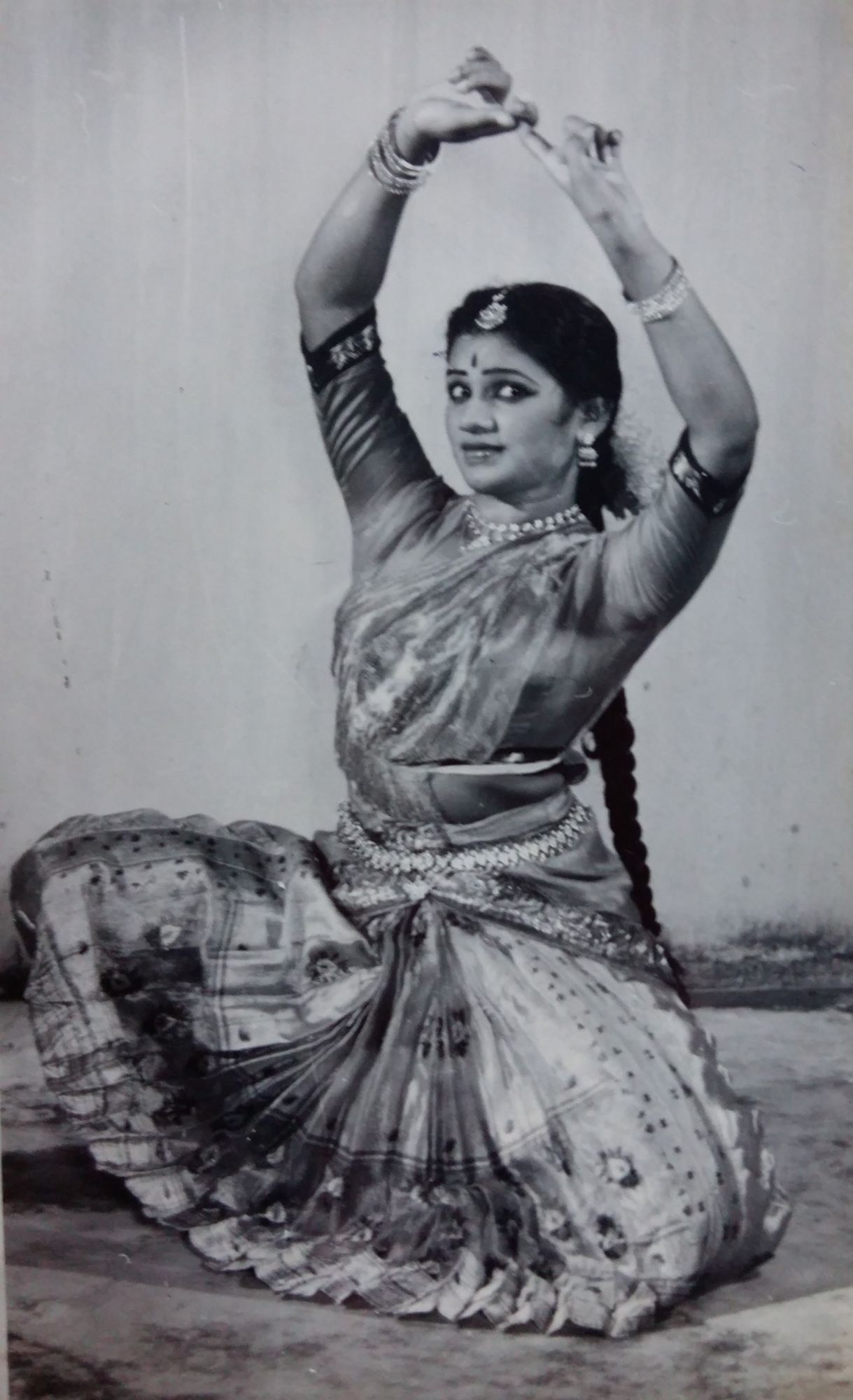
When Santha Bhaskar first joined Bhaskar’s Academy of Dance in 1955 after her marriage to the late KP Bhaskar, who founded the company three years prior, she had to quickly adapt to conducting dance lessons. That did not come easy for the Kerala-born dancer had no teaching experience. “I had no idea how to teach,” she notes in a Zoom interview with granddaughter Malini Bhaskar.
“Learning dance and music was a way of life for me growing up. I never liked it, but my father wanted me to learn the art form and thought I was quite talented at dancing. When I came to Singapore and was asked to teach [dance] by my late husband, I simply performed in front of my students and asked them to learn through imitation.”
(Related: 3 Parents in Singapore Share How They Raised Their Daughters To Be Empowered Women)



